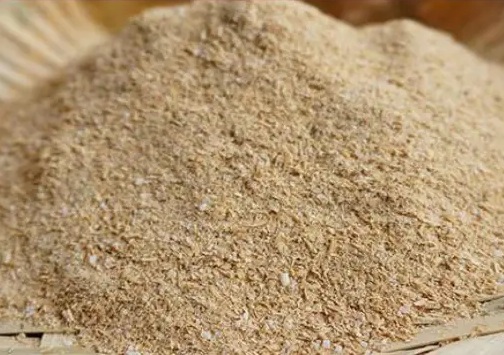SunSirs: Can China Soybean Meal Market Reach another Peak in 2024
December 22 2023 14:19:07 SunSirs (Selena)
In 2023, the soybean meal market is no longer booming, with ups and downs and an overall oscillating decline. The lowest price has fallen below the 3,800 RMB mark, and the highest price is less than 5,100 RMB, which is more than 500 RMB/ton lower than the highest price of soybean meal in 2022, which was 5,660 RMB/ton. In 2024, where will soybean meal go? Can it break free from its decline and reach a new peak?
Starting from 2015, domestic soybeans have been continuously increasing, from 80 million tons to 100 million tons in 2020. In 2021, the number of imported soybeans also reached 96.52 million tons, but decreased slightly in 2022 and remained at 91.08 million tons. In 2023, the number of imported soybeans still easily exceeded 90 million tons. In 2024, the number of imported soybeans will remain high, and supply pressure will continue. Except for holidays such as New Year's Day, Spring Festival, May Day, and National Day, soybean oil plants will shut down for maintenance, The tightening of raw material supply can drive the rise of soybean meal market. In addition, the soybean meal market will still operate weakly throughout the year, and the overall upward space is limited.
Inventory: In 2023, in addition to the delay in imported soybeans arriving at the port and the tightening of supply, soybean meal inventory reached a historical low in May and has been at a high level since the second half of the year. In 2024, with an increase in imported soybean supply, soybean meal inventories will also remain high, and the overall market will remain weak.
Futures: Due to the fact that the raw materials for soybean meal are mainly imported soybeans, the overall external market will be weak in 2023. In the first quarter of 2024, during the growth period of South American soybeans, there are still positive factors in domestic soybean meal futures, which are expected to fluctuate and rise, driving the spot market out of the slump. In the second quarter, South American soybeans were listed, but the overall external market was bearish. After May Day, American soybeans entered the planting period, and the bullish trend gradually dominated. Domestic soybean meal may return to the upward trend, hitting the bottom and rebounding. In the third quarter and the growth period of American soybeans, soybean meal futures have strong upward momentum, and spot prices will reach the highest of the year. In the fourth quarter, American soybeans will be listed, and there is a high probability of a weak downward trend in the soybean meal futures market during the South American soybean planting period. The spot market will follow suit and decline.
Demand side: In 2023, the overall demand in the feed industry is weak, and the soybean meal market is mainly weak and downward. In 2024, feed demand is closely related to the aquaculture industry, which is cyclical and unlikely to experience a significant increase in feed demand in the short term. Its impact on the soybean meal market is relatively limited.
SunSirs agricultural product analyst at SunSirs, believes that the spot market for soybean meal in 2024 may be significantly better than in 2023. Due to supply pressure remaining and poor demand for terminal feed, there are variables in the futures market. There is hope that the spot market for soybean meal in 2024 will overcome the downturn, but it is still difficult to reach a new peak.
If you have any questions, please feel free to contact SunSirs with support@sunsirs.com.
- 2025-12-24 SunSirs: US Soybean Meal Exports Exceed Expectations and Increase
- 2025-12-19 SunSirs: The Export Volume of Soybean Meal Increased by 27.2% Year-on-year in China
- 2025-12-18 SunSirs: Agricultural Products Industries Bulk Commodity Intelligence (December 18, 2025)
- 2025-12-18 SunSirs: China Domestic Soybean Meal Basis Quotation Slightly Declines
- 2025-12-18 SunSirs: Soybean Meal Maintains Narrow Range Fluctuation



